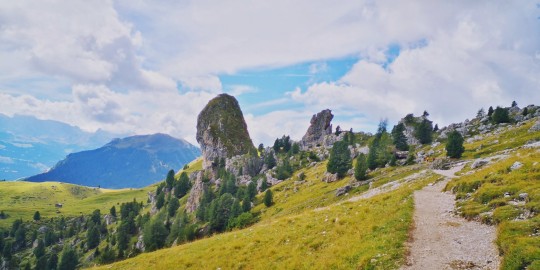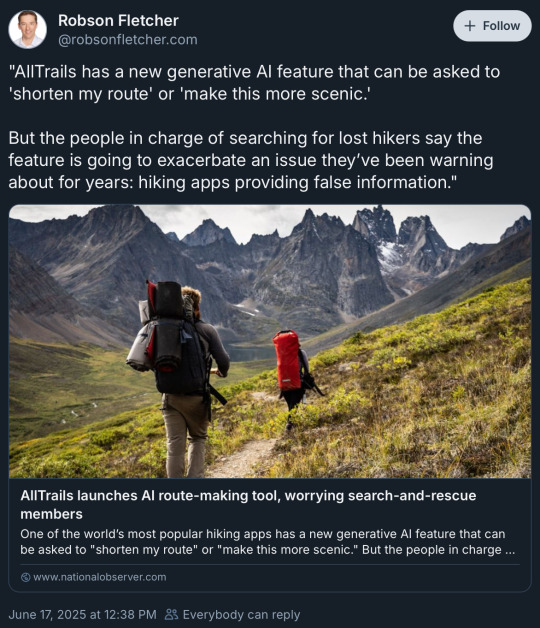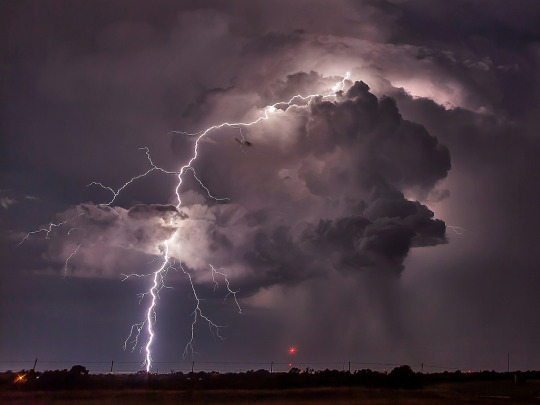NATURE | FEMINISM | ATLA | ODDITIES | sideblog is invisiblegreenbog.tumblr.com
Don't wanna be here? Send us removal request.
Text
One of my neighbors has two freaky dogs. Creepy, uncanny dogs. Two dogs which move like a single entity in two bodies. Anzu is freaked out by them. Their owner looks beleaguered by them. Whenever I see them she has the exhausted affect of an overworked domestic servant. It looks like she is in charge of two elven princes who have been cursed to take canine form. They often look as if they’re planning to eat smaller dogs, but never bark, even while standing up on their hind legs or stalking other dogs down the sidewalk, which of course makes them creepier.
I was extremely confident in my breed ID on these dogs but tonight they came close enough without Anzu barking at THEM, I was like, for due diligence and my own satisfaction I will ask. “Are they basenjis?”
The owner, being dragged in opposite directions on two leashes like the victim of a terrible Roman torture, gasped “yes” with the faintest of breaths. And then her dogs carried her away
2K notes
·
View notes
Text




Walking between this rocks was so cool! Very stunning landscape.
Dolomites (2022)
By invisiblegreenbog.tumblr.com
6 notes
·
View notes
Text



Visit to the Vestmannaeyjar, Iceland (2022)
By invisiblegreenbog.tumblr.com
11 notes
·
View notes
Text
I am small and I can't do very much. That is the despair of an individual in a big and violent world. But the plants teach me it is okay to be small. Everything is either small, or made of things that are small. We are all connected. Symbiosis.
So, on the subject of bugs.
It is the fourth summer of the Meadow. My plants grow strong and wild and cover more space than ever before. I have worked to eradicate the invasive lawn grass and carefully curate large clumps of only native species (with a few esteemed naturalized weeds allowed---I have no quarrel with Chicory, it has a positive effect on the ecosystem).
I have tall, huge native Field Thistles, multitudes of tough and aggressive evening primrose, wild strawberry spreading everywhere, a dozen vigorous gray-headed coneflowers, giant clumps of cup-plant, and so many asters and goldenrods that I've had to start targeting them in my weeding.
Yes, yes, I have the showy ones like purple coneflowers and black-eyed susans, but I also encourage and cultivate weird little weeds that are too inconspicuous or ugly to be often planted on purpose. White avens, lanceleaf frogfruit, nettle-leaf vervain.
There are too many plants. I'll spend forever listing them all. What is really interesting, is what's happened with the bugs.
Every year, there has been a much bigger variety and population of insects. I am both seeing many more species, and seeing the same species in much, much larger numbers. Even on the same plants that were already there 4 years ago, I can see way more bugs.
Flower flies, for instance. There are tiny yellow and black flies known as flower flies that are very beneficial for gardeners, because their larvae are predators that attack aphids. It used to be that I could often see a dozen, but now I see hundreds of them every time I go outside!
Or wasps. There are more species of wasps than I possibly could have imagined. It used to be that I would only see the reddish paper wasps, the ones that make big paper nests in the eaves of your house, but now, there are dozens of different wasps. Some are black, others black and white, others black and yellow, others black and brown, and they come in all different sizes. A bunch of blue-black wasps with white stripes live in the log next to my pond.
I identified them and looked up the species, and they had not been studied at all since the 1960's. Supposedly they are solitary species, but several different wasps have made nests inside the log right next to each other. That's the first interesting thing. The second interesting thing is that the nests were first inhabited last summer, and the same species of wasp still lives in them, so their town has been inhabited for multiple years instead of being abandoned when the larvae emerge. Has the next generation taken over the old nests? I am observing something about the species that is not known to science.
Wasps are hated and feared, but my wasps have never been anything but peaceful and polite, and they have so much beauty and importance in the ecosystem.
And the bees! I am observing bees this year that I had never even heard of before. Many of them are so tiny, I doubt they could even reach the nectar in large flowers like purple coneflower. What if the small, inconspicuous flowers are essential for smaller pollinators like the tiny bees? That would make sense. Different flowers evolved to attract different bees.
Beetles, ants, leafhoppers, flies, moths, butterflies, all kinds of bugs. Specific plants attract specific bugs, but it is not the plants individually that restore insect biodiversity, it is the way the plants interact and form a bigger ecosystem.
What I mean is, as my garden grew, the increase in bugs was not linear in relationship to the plants, it was exponential. The combination of the many different plants into an ecosystem attracted many more bugs than would be expected from the sum of each plant individually.
I remember the emptiness and barrenness before. I see it around me when I visit other places. The disappearance of bugs. The insect apocalypse. It's so clear to me now. The cause is biotic homogenization. I call it plant sameness.
Everywhere around me, landscapes have been made into expanses of the same few plants. But when plant sameness is replaced by variety and diversity, many plants interacting in many different ways, everything changes.
960 notes
·
View notes
Text

the colours in the produce department are simply.... unbeetable
16K notes
·
View notes
Text
This may be the worst use of LLMs anyone has attempted, ever. Up there with recognizing mushrooms.

31K notes
·
View notes
Text
Part of the reason I'm so adamant about encouraging people to get comfortable with bugs, my own interests aside, is because we cannot have a bright, solarpunk future without them.
A green future is not a bugless future. It is, in fact, a fairly bugful future. If you care about ecological stability, then you need to start with bugs, because they're the most at risk with our current use of pesticides.
#We really depend on all the bugs#Almost all fruits are from bug pollination#Like yes some of the are self-pollinating or are pollinated by bats
17K notes
·
View notes
Text


inspiration is all around us! gouache studies of my neighborhood orange trees!
9K notes
·
View notes








